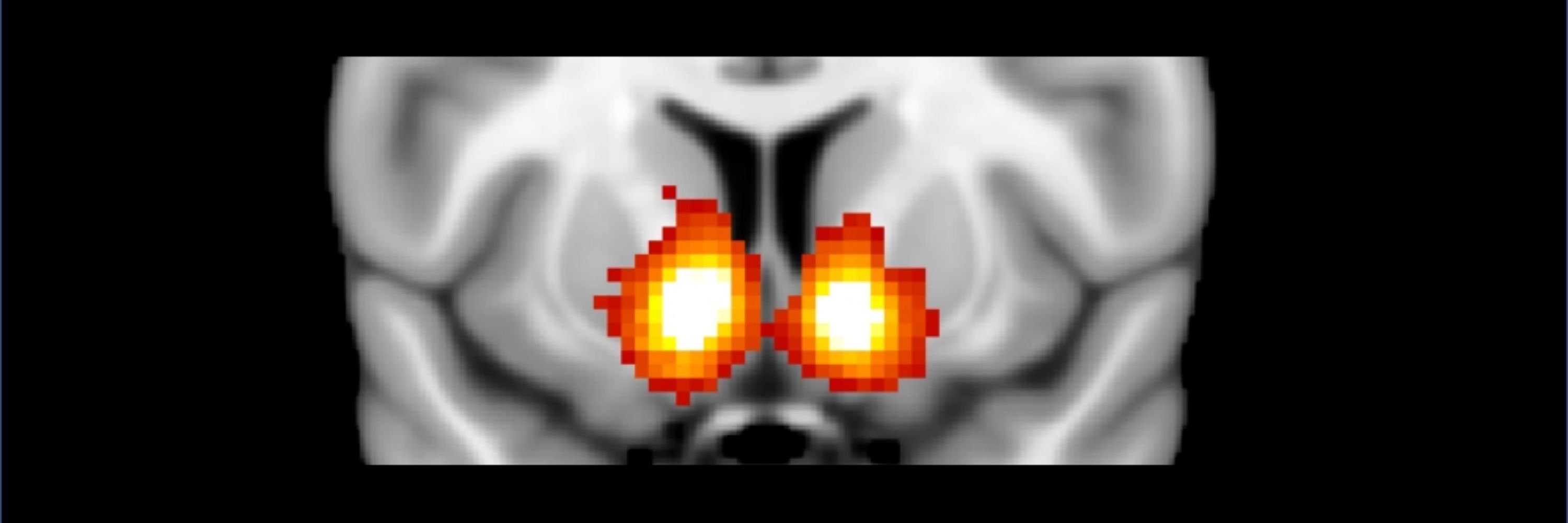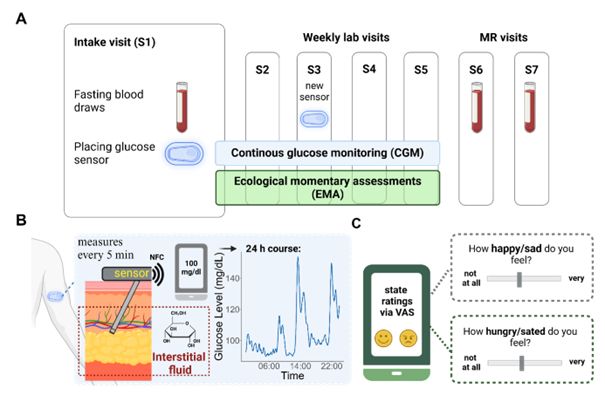Nils Kroemer
@nbkroemer.bsky.social
3.6K followers
1.9K following
280 posts
Neuroscientist | Professor of Medical Psychology at U Bonn | PI Neuroscience of Motivation, Action, & Desire Lab at U Bonn & Tübingen
aka @cornu_copiae
Posts
Media
Videos
Starter Packs
Pinned
Reposted by Nils Kroemer
JJ
@jjodx.bsky.social
· 1d

Does anodal tDCS over M1 really enhance motor sequence learning? A non-replication of earlier findings in a double-blind, pre-registered large-sample study in humans
Background Transcranial direct current stimulation (tDCS) is one of the most widely used noninvasive neuromodulation methods. Despite its popularity, some recent studies highlighted issues about the r...
www.medrxiv.org
Reposted by Nils Kroemer
Reposted by Nils Kroemer
Reposted by Nils Kroemer
Reposted by Nils Kroemer
Reposted by Nils Kroemer
Reposted by Nils Kroemer
Reposted by Nils Kroemer
Reposted by Nils Kroemer
Reposted by Nils Kroemer























